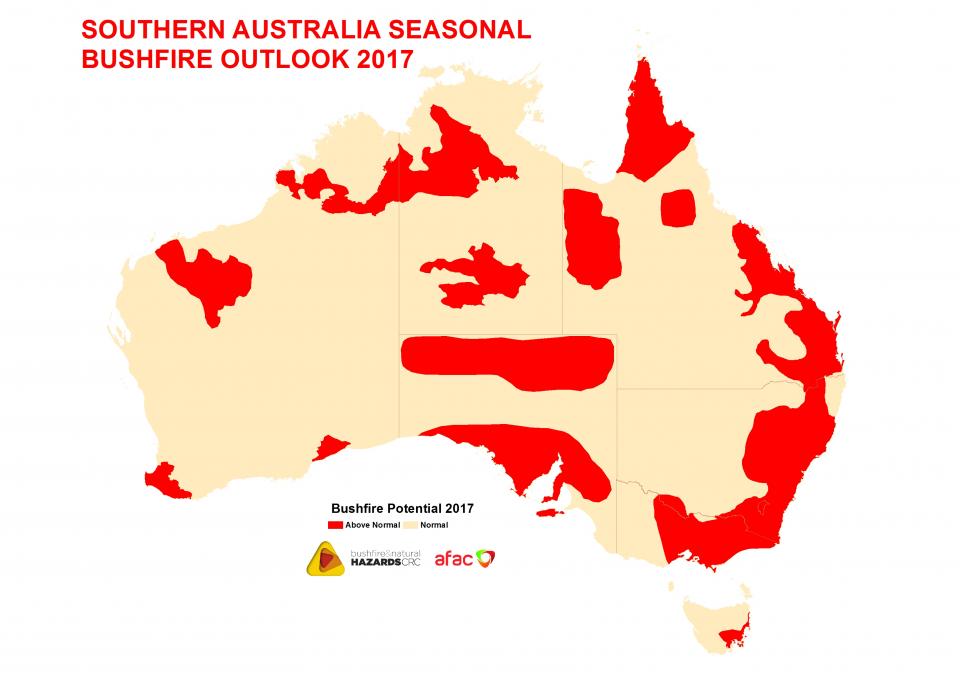Demystifying BAL Reports: An Overview to Comprehending Your Home's Bushfire Risk
Demystifying BAL Reports: An Overview to Comprehending Your Home's Bushfire Risk
Blog Article
Ensuring Shrub Fire Security Through Appropriate BAL Record Evaluation
In the world of bush fire security, the careful analysis of Bushfire Assault Level (BAL) records stands as a cornerstone for securing buildings versus the terrible influence of wildfires. With environmental aspects and home features playing significant functions in determining the degree of risk, a detailed understanding of BAL rankings ends up being crucial.
Comprehending Bushfire Attack Degree (BAL)
In the world of bushfire protection, comprehending the Bushfire Strike Degree (BAL) is critical for guaranteeing reliable reduction strategies. Recognizing the BAL rating of a home is essential for building owners, policymakers, and builders to carry out ideal actions to protect versus bushfire hazards.

Value of BAL Record Evaluation
A vital facet in bushfire defense planning involves the detailed analysis of BAL records to analyze the prospective dangers and determine ideal mitigation methods. BAL records offer crucial information regarding the potential effect of bushfires on a home based upon different aspects such as plant life type, range to prospective fire threats, and slope of the land. Examining these records with accuracy is vital in developing efficient bushfire security steps customized to the specific risk profile of a building.
Applying Fire Security Measures
Carrying out effective fire defense steps is crucial for securing residential or commercial properties in bushfire-prone locations. One of the main means to improve fire protection is by developing defensible area around structures. This includes cleaning combustible greenery, such as dry fallen leaves and branches, within a certain span of the property. Additionally, installing fireproof roof products can help in reducing the risk of ashes firing up the roofing system throughout a bushfire. Properly preserved displays and rain gutters are additionally important to stop debris accumulation that might sustain a fire.
In addition, having a ample and properly maintained water, such as a tank or swimming pool, can aid firemens in their efforts to safeguard the residential property. It is essential to have a clear emptying strategy in position and to ensure that all citizens are acquainted with the procedures. Additionally, having firefighting devices easily available, such as pipes and fire extinguishers, can help in tackling small area fires prior to they escalate. Overall, carrying out a combination of these fire security measures can significantly raise the opportunities of guarding residential or commercial check that properties during bushfire occasions.
Mitigating Risks in Fire-Prone Areas
To strengthen homes against bushfire dangers, a calculated focus on mitigating dangers in fire-prone locations is important. Mitigating dangers in fire-prone locations includes an extensive method that incorporates various procedures to lower the chance and effect of bushfires. One critical facet of danger mitigation is keeping defensible area around homes by clearing flammable plant life, guaranteeing appropriate spacing between frameworks and trees, and using fire-resistant landscape design practices. Additionally, carrying out ember-proofing actions such as mounting metal mesh screens on windows and covering roofing system tooth cavities can assist avoid coal strikes and reduce the threat of spot fires.
Furthermore, constructing or retrofitting buildings with fireproof materials and making sure correct maintenance of roofings, seamless gutters, and exterior cladding can considerably boost the property's resilience to bushfires. Practicing a bushfire and establishing emergency situation plan with all occupants, consisting of evacuation procedures and interaction techniques, is also important in mitigating threats successfully. By adopting a proactive approach to run the risk of reduction in fire-prone locations, homeowner can better shield their assets and improve overall bushfire readiness.
Ensuring Residential Property Safety and Resilience
Making sure the security and resilience of properties in fire-prone locations calls for an unfaltering commitment to robust preventative actions and critical preparation. Building safety begins official statement with implementing effective measures to reduce fire risks.
Strength, on the other hand, includes the capacity of a residential or commercial property to endure and recoup from a bushfire. This can be improved through the installation of ember guards on windows and vents, ensuring that entrance points for ashes are minimized. In addition, having a well-thought-out evacuation plan and his comment is here exercising it consistently can considerably raise building strength. Teaming up with neighbors and local fire authorities can additionally boost the safety and security and durability of homes in fire-prone locations. By proactively resolving these facets, homeowner can better secure their possessions and enjoyed ones from the danger of bushfires.
Final Thought
In conclusion, ensuring bushfire defense via correct BAL report evaluation is critical for understanding the degree of risk positioned by bushfires and applying needed fire defense actions. By mitigating risks in fire-prone areas and making certain building security and strength, people and communities can much better plan for and respond to bushfire events. It is critical to prioritize fire precaution to secure lives and residential or commercial property in these high-risk atmospheres.
In the world of bush fire protection, the thorough evaluation of Bushfire Strike Degree (BAL) records stands as a foundation for protecting residential or commercial properties versus the disastrous impact of wildfires (BAL Report). Recognizing the BAL rating of a property is vital for property proprietors, policymakers, and contractors to execute proper procedures to guard versus bushfire threats

BAL reports supply essential info concerning the prospective impact of bushfires on a home based on different factors such as plant life type, distance to prospective fire threats, and incline of the land (BAL Report). Overall, implementing a combination of these fire security measures can dramatically boost the possibilities of guarding properties during bushfire events
Report this page